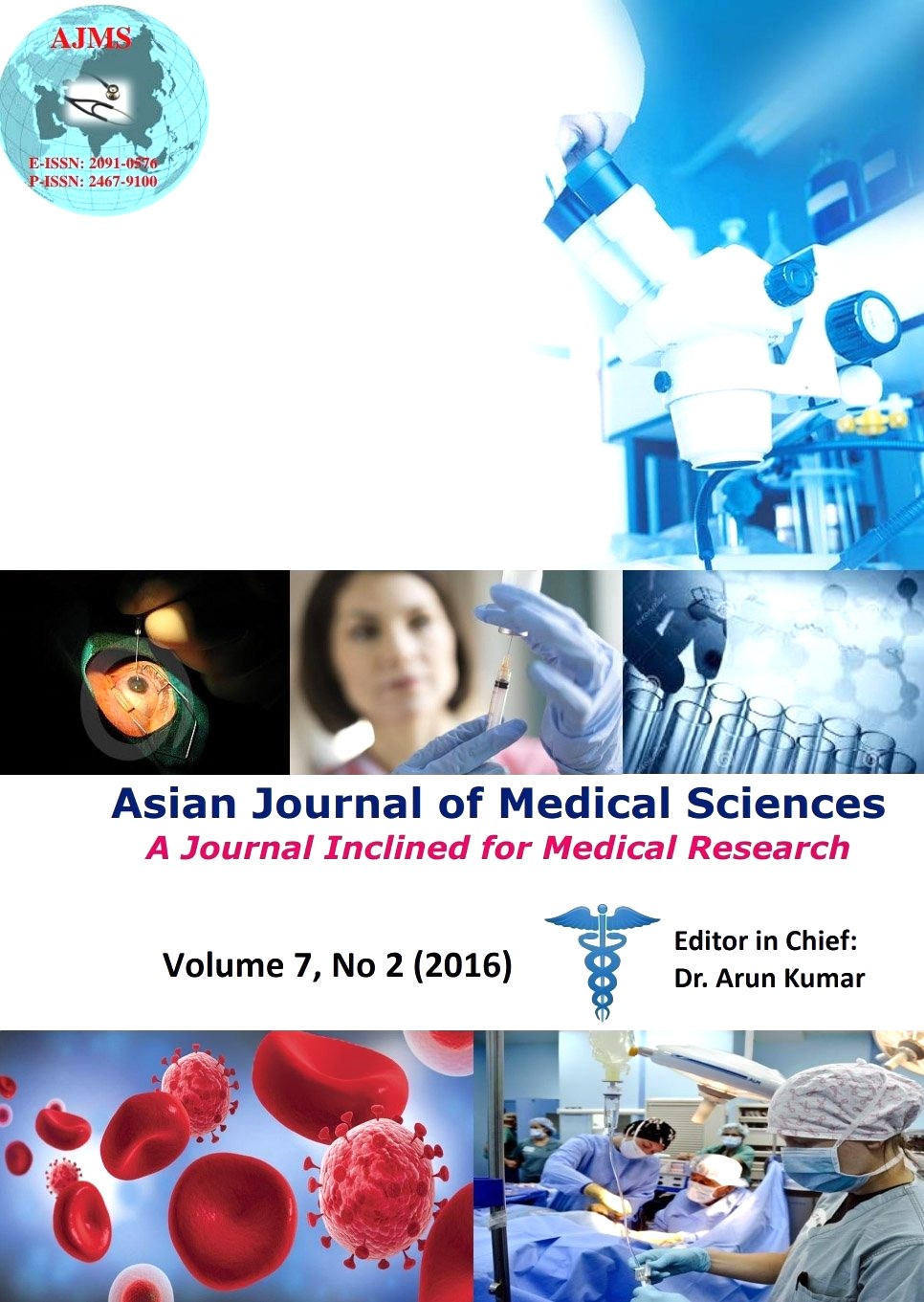Renal perfusion phase curve analysis in DTPA renal scintigraphy – significance & utility
Keywords:
Renal scintigraphy, Renal perfusion phase curve, Hilson index, Kirchner’s K/A ratioAbstract
Aims and Objectives: The retrospective study of renal scans aims at analysing the renal perfusion phase curve in the DTPA scan. Four different types of perfusion phase curves for non-transplant kidney are defined and validated by comparing them with the Hilson perfusion index and Kirchner’s K/A ratio.
Materials and Methods: This study consists of 36 patients comprising of 26 males with mean age of 26.17 ± 18.65 and 10 females with the mean age of 33.20 ± 11.69. Renal scans were done using Siemens dual head gamma camera. 3-5mCi 99m Tc DTPA was used and injected intravenously, images were processed to obtain the renal curve using the icon software utilizing the Gate’s formula. The perfusion curves, which form the part of renographic curves are taken for scrutiny, are classified into different types and perfusion index was calculated.
Results: The perfusion phase curves were scrutinised and categorised in 4 types. These curves have been validated by using Hilson index and Kirchner’s K/A ratio. Hilson perfusion index and Kirchner’s K/A ratio shows a good correlation with the uptake phase of conventional renal curve. We observed 47.22% of Type I, 22.22% of Type II, 16.67% of Type III and 13.89% of Type IV.
Conclusion: This study highlights the utility of renal perfusion phase curve analysis in the non-transplant kidney. This can also serve as a better prognostic tool in the chronic kidney disease patient.
Asian Journal of Medical Sciences Vol.7(2) 2015 44-48
Downloads
Downloads
Published
How to Cite
Issue
Section
License
Authors who publish with this journal agree to the following terms:
- The journal holds copyright and publishes the work under a Creative Commons CC-BY-NC license that permits use, distribution and reprduction in any medium, provided the original work is properly cited and is not used for commercial purposes. The journal should be recognised as the original publisher of this work.
- Authors are able to enter into separate, additional contractual arrangements for the non-exclusive distribution of the journal's published version of the work (e.g., post it to an institutional repository or publish it in a book), with an acknowledgement of its initial publication in this journal.
- Authors are permitted and encouraged to post their work online (e.g., in institutional repositories or on their website) prior to and during the submission process, as it can lead to productive exchanges, as well as earlier and greater citation of published work (See The Effect of Open Access).




